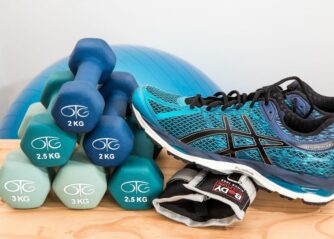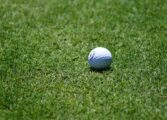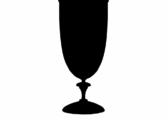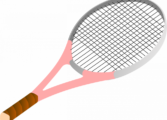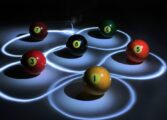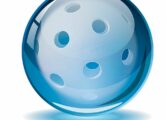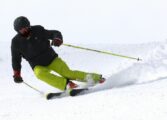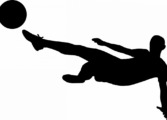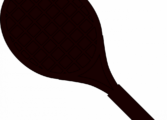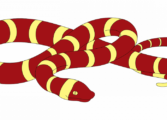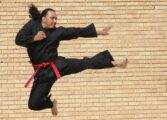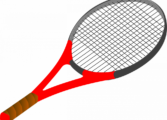Hur räknas poäng i curling
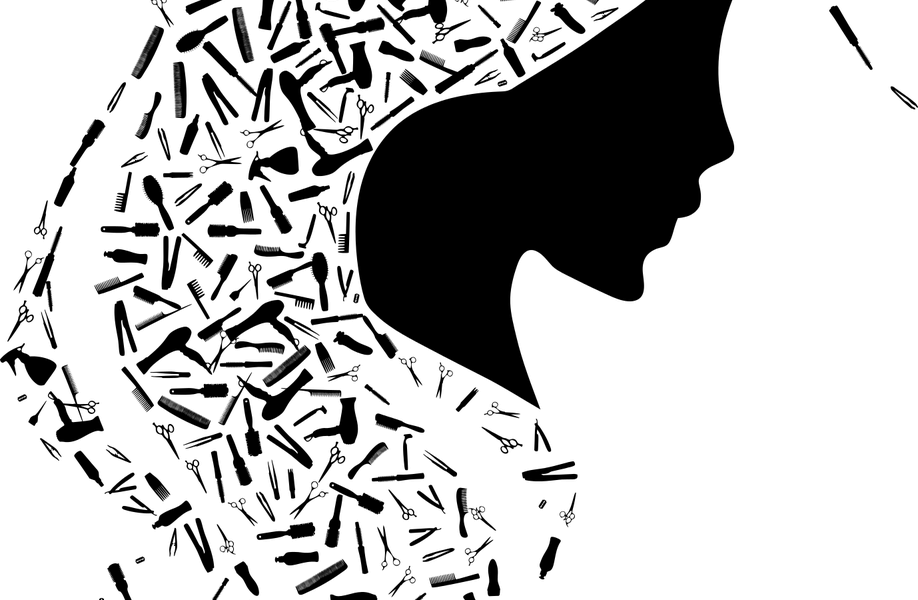
?
Introduction:

Curling, a popular ice sport that originated in Scotland, is known for its strategic gameplay and precise movements. One of the key aspects of the game is scoring points, which is done by strategically placing stones on the ice and aiming to get them as close as possible to the target, called the ”house.” In this article, we will provide a comprehensive overview of how points are scored in curling, including different types of scoring, popular methods, and the historical context of scoring systems.
An overview of how points are scored in curling
Curling is played on a rectangular ice sheet, called a ”sheet” or ”rink,” with each team consisting of four players. The objective is to slide granite stones, also known as rocks, towards the house, located at the other end of the rink. Points are awarded based on the placement of the stones in relation to the house and the opposing team’s stones.
Types of scoring in curling
There are several ways to score points in curling, including:
1. The basic scoring method: In this method, a team scores one point for every stone that is closer to the center of the house than the opponent’s closest stone. The team with the closest stone to the center, known as the ”tee,” scores additional points for each stone that is closer to the tee than the opponent’s closest stone. The maximum number of points that can be scored in a single end, or round, is eight.
2. The traditional scoring method: This method calculates points based on the number of stones a team has within the house. A team scores one point for every stone that is within the house and closer to the tee than any of the opponent’s stones. The team with the most stones within the house is awarded additional points.
3. The five-rock rule: This scoring method is a recent addition to the game and is used in professional competitions. It allows teams to freely use their strategy by preventing the opponent from removing certain stones until the fifth stone of each end is played. The scoring remains the same as in the basic scoring method.
Quantitative measurements of scoring in curling
Scoring in curling is determined by precise measurements. To determine which stone is closest to the tee or the center of the house, officials use measuring devices, such as calipers or measuring sticks. These tools allow for accurate measurements to determine the scoring stones.
Variations in scoring methods
While the basic scoring method is commonly used in most curling games, variations exist based on the level of competition and game rules. Some of the differences include:
1. Point allocation: In some variations, more than one point can be awarded for stones closer to the tee than the opponent’s closest stone.
2. Removal of stones: Certain variations allow for removing the opponent’s stones from play, resulting in either a higher or lower score, depending on the rules in place.
Historical context of scoring systems in curling
The scoring systems in curling have evolved over time to enhance fair competition and strategy. In the past, different methods were used to determine the score, including counting stones within the house and assigning points based on stone positions. As the sport became more standardized, the current scoring methods, such as the basic scoring method and the traditional method, were established.
Conclusion:
Scoring in curling is a fundamental aspect that adds excitement and strategic depth to the game. Whether using the basic scoring method or variations tailored for specific competitions, curling continues to captivate players and spectators alike. Understanding the intricacies of scoring in curling allows for a greater appreciation of the sport and its strategic elements.

